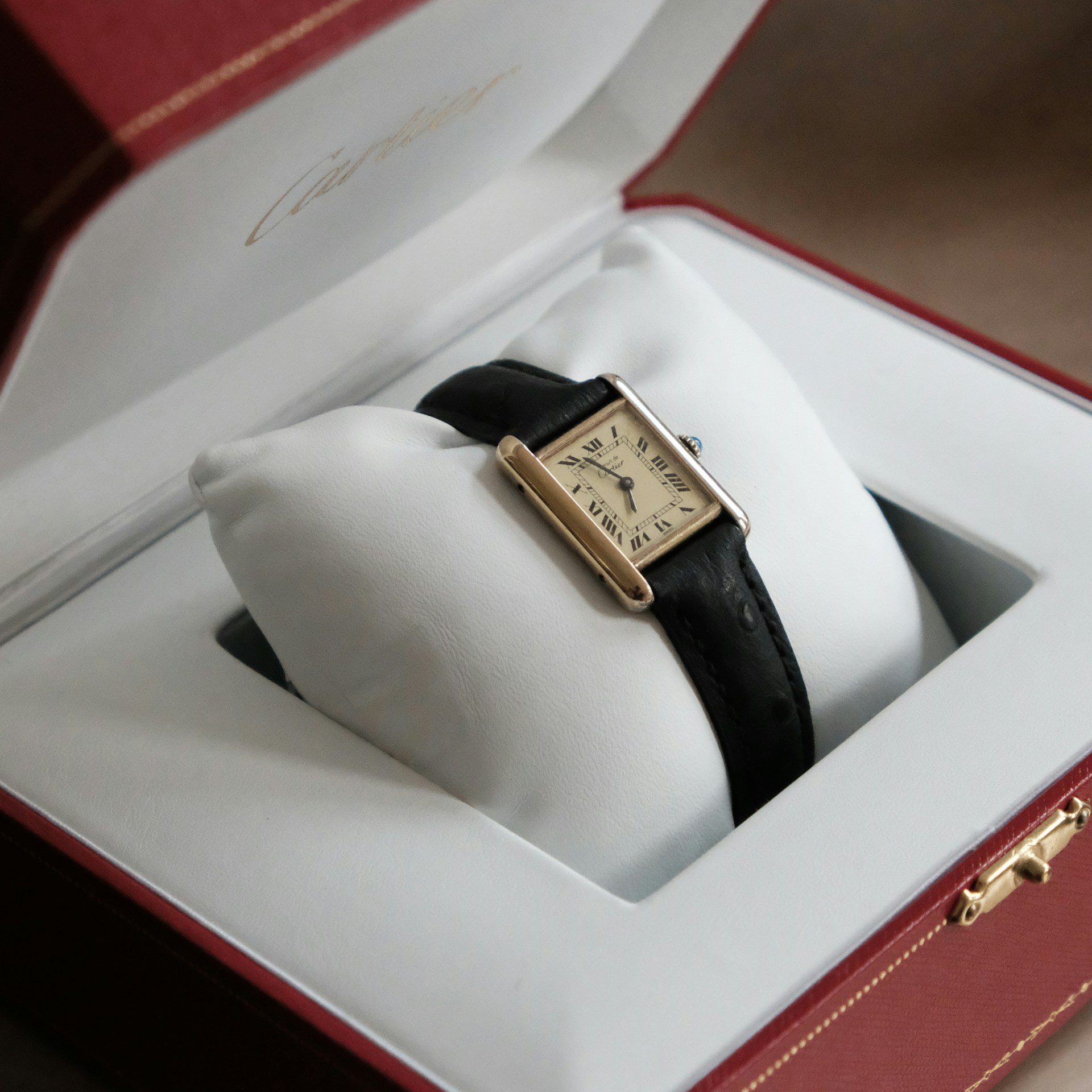Introduction
Antique furniture is more than just a collection of old chairs and tables. It’s a testament to the history and craftsmanship of our ancestors, and a tangible connection to our cultural heritage. Preserving these cultural treasures is crucial for future generations, and requires a combination of knowledge, skill, and dedication.
The Importance of Antique Furniture
Antique furniture is not just valuable because of its age. It is also valuable because of its historical and cultural significance. Each piece of antique furniture is a reflection of the time and place it was created, and can tell us a great deal about the people who made it and the society in which they lived.
Antique furniture is also valuable because of its craftsmanship. Many pieces of antique furniture were made by hand, using techniques that are no longer in use today. By studying these techniques, we can gain a better understanding of the skills and knowledge of our ancestors, and learn from their accomplishments.
Finally, antique furniture is valuable because it is a finite resource. As time passes, more and more antique furniture is lost, damaged, or destroyed. Preserving these pieces for future generations ensures that they will be able to appreciate and learn from them.
Preserving Antique Furniture
Preserving antique furniture requires a combination of knowledge, skill, and dedication. The first step in preserving antique furniture is to understand its history and construction. This requires research and study, as well as a knowledge of the materials and techniques used to create the piece.
Once the history and construction of the piece are understood, the next step is to assess its condition. This involves a careful inspection of the piece, looking for signs of wear, damage, or decay. Depending on the condition of the piece, it may be necessary to perform repairs or restoration work.
Repairing or restoring antique furniture requires a high level of skill and expertise. It is important to use materials and techniques that are appropriate for the period and style of the piece, and to ensure that any repairs or restorations are reversible and do not damage the original piece.
The Future of Antique Furniture
The future of antique furniture depends on our ability to preserve and protect it. This requires a commitment to education, research, and conservation, as well as a respect for the value and significance of antique furniture.
One way to ensure the future of antique furniture is to encourage the next generation of artisans and craftsmen. By teaching traditional techniques and skills to younger generations, we can ensure that these valuable skills are not lost.
Another way to ensure the future of antique furniture is to support organizations and institutions that are dedicated to its preservation and conservation. By donating time, money, or resources to these organizations, we can help ensure that antique furniture is protected and preserved for future generations.
Conclusion
Antique furniture is a valuable cultural treasure that must be preserved and protected. By understanding its history and construction, assessing its condition, and performing careful repairs and restorations, we can ensure that these pieces will be available for future generations to appreciate and enjoy. Through education, research, and conservation, we can ensure that the skills and knowledge of our ancestors continue to be passed down to future generations.






